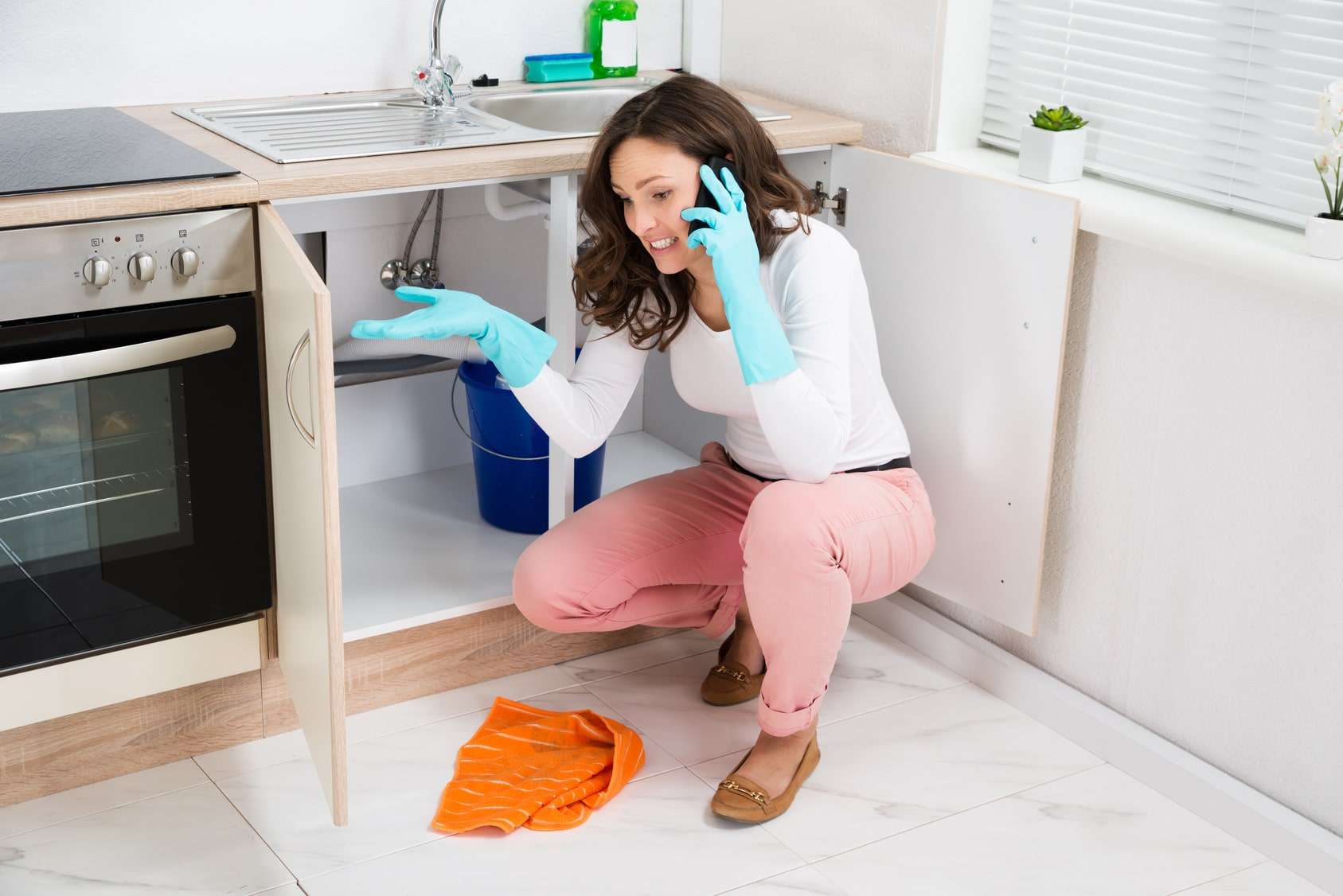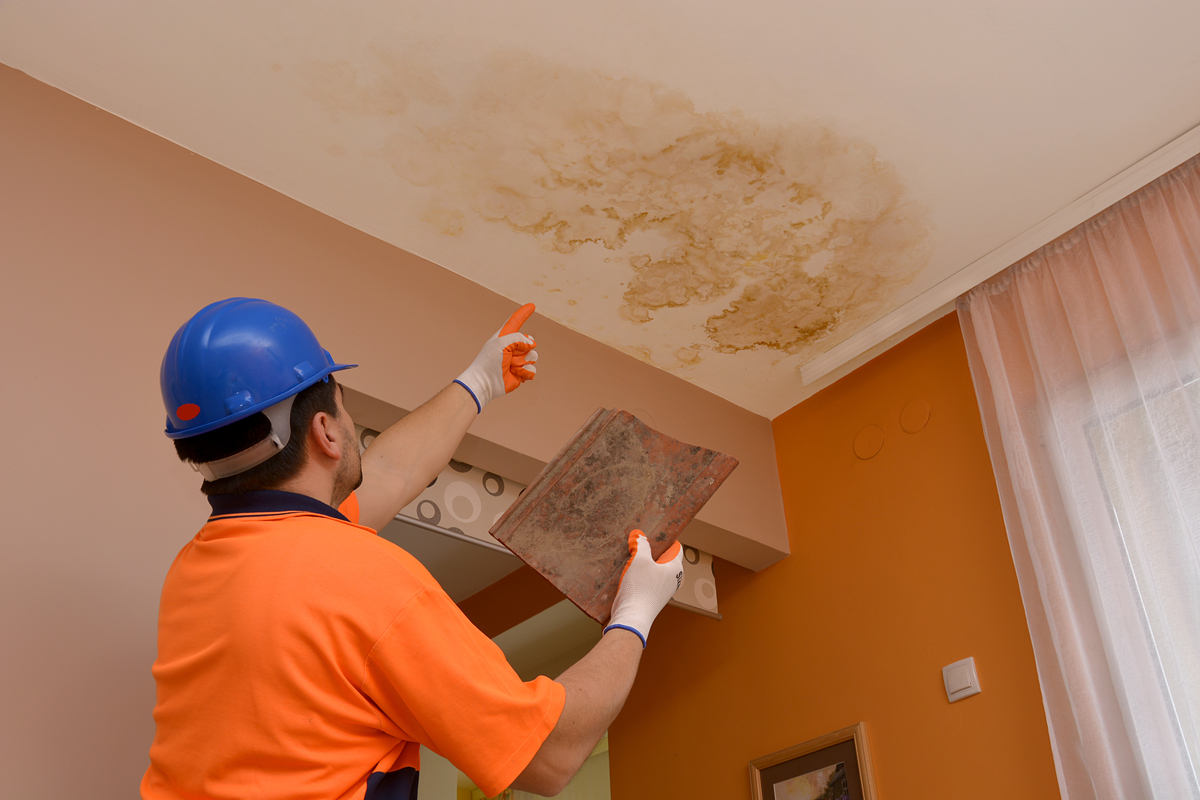Unveiling the Main Causes of Water Leaks Within Your House
Unveiling the Main Causes of Water Leaks Within Your House
Blog Article
We've uncovered this post on Most Common Causes of Leaky Pipes down the page on the internet and reckoned it made good sense to talk about it with you over here.

Leaks not just cause waste of water yet can also cause unnecessary damage to your home as well as promote unwanted natural growth. Regrettably, water leakages may go unnoticed since the majority of the pipework in our house is hidden. By understanding and looking for everyday situations that create leakages, you can shield your house from future leakages as well as unnecessary damage. Today, we will look at 6 leakage triggers that may be causing your pipelines to trickle.
Immediate temperature modifications.
Extreme temperature adjustments in our pipes can trigger them to expand and also contract unexpectedly. This expansion and also contraction may create cracks in the pipes, particularly if the temperature level are listed below freezing.
Corroded water systems
As time goes by, your plumbing system ages and corrosion such as rust may start gnawing the pipelines. This could be the reason for discoloration or bending on your pipes. This asks for an examination with your plumber quickly. Take into consideration replacing the pipes given that they are at a greater threat of corrosion than the newer designs if our plumbing system is old.
Malfunctioning Pipeline Joints
The point at which your pipes connect is frequently the weakest link in the waterline. Pipeline joints can deteriorate in time, leading to water leaks. Sadly, the majority of pipe joints are not conveniently noticeable. If you have noisy pipelines that make ticking or banging noises, especially when the warm water is switched on, your pipe joints are possibly under a lot of stress. It is suggested to have your plumber check your system once a year.
Elbowing in roots
Most water leaks start outside the house rather than inside it. You might notice damp spots or sinkholes in your backyard, and also that may indicate that tree roots are invading water lines causing water to seep out.
Poor Water Connectors
At times, a leakage can be caused by loosened hoses as well as pipes that supply your devices. In instance of a water connections leakage, you may see water running directly from the supply line or pools around your appliances.
Obstructed Drains
Obstructed drains pipes could be annoying and inconveniencing, but they can occasionally wind up creating an overflow bring about burst pipes. Keep eliminating any type of products that may decrease your drains pipes that might block them to stay clear of such inconveniences.
All the above are reasons for leakages however not all water leaks result from plumbing leaks; some leaks might originate from roof leakages. All leakages must be repaired right away to prevent water damage.
Leakages not just trigger waste of water but can also create unneeded damage to your residence and also promote unwanted natural growth. By understanding and also looking for day-to-day circumstances that cause leakages, you can safeguard your residence from future leaks and also unnecessary damages. Today, we will look at 6 leak creates that may be creating your pipes to leak.
At times, a leak can be triggered by loosened hose pipes and also pipes that supply your devices. In case of a water connections leakage, you may discover water running straight from the supply line or pools around your appliances.
How To Check For Water Leak In Your Home
How To Check for Leaks
The average household's leaks can account for nearly 10,000 gallons of water wasted every year and ten percent of homes have leaks that waste 90 gallons or more per day. Common types of leaks found in the home are worn toilet flappers, dripping faucets, and other leaking valves. These types of leaks are often easy to fix, requiring only a few tools and hardware that can pay for themselves in water savings. Fixing easily corrected household water leaks can save homeowners about 10 percent on their water bills.
To check for leaks in your home, you first need to determine whether you're wasting water and then identify the source of the leak. Here are some tips for finding leaks:
Take a look at your water usage during a colder month, such as January or February. If a family of four exceeds 12,000 gallons per month, there are serious leaks.
Check your water meter before and after a two-hour period when no water is being used. If the meter changes at all, you probably have a leak.
Identify toilet leaks by placing a drop of food coloring in the toilet tank. If any color shows up in the bowl after 10 minutes, you have a leak. (Be sure to flush immediately after the experiment to avoid staining the tank.)
Examine faucet gaskets and pipe fittings for any water on the outside of the pipe to check for surface leaks.
Undetected water leaks can happen without the home or business owner even realizing. If you suspect a water leak, but not able to find the source. It is time to contact a professional water leak detection service, The Leak Doctor.
How To Find a Water Leak In Your Home
https://www.leakdoctor.com/blog/How-To-Check-For-Water-Leak-In-Your-Home_AE197.html

We had been guided to that report on How to detect water leaks in your home through an associate on another site. Enjoyed reading our blog entry? Please share it. Help another person discover it. Thanks a lot for taking the time to read it.
Call for unmatched plumbing expertise. Report this page